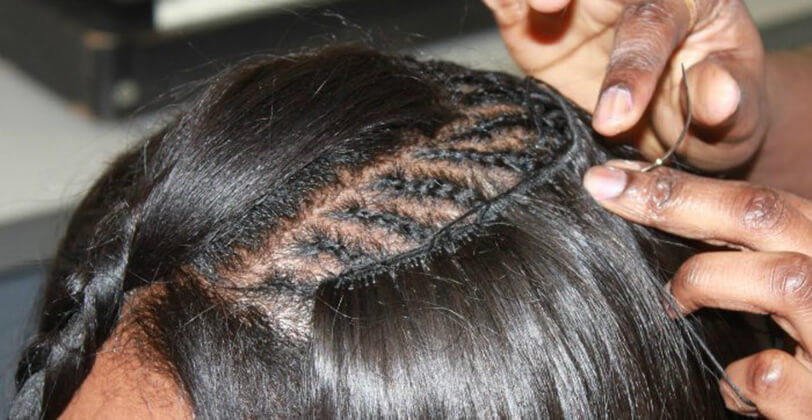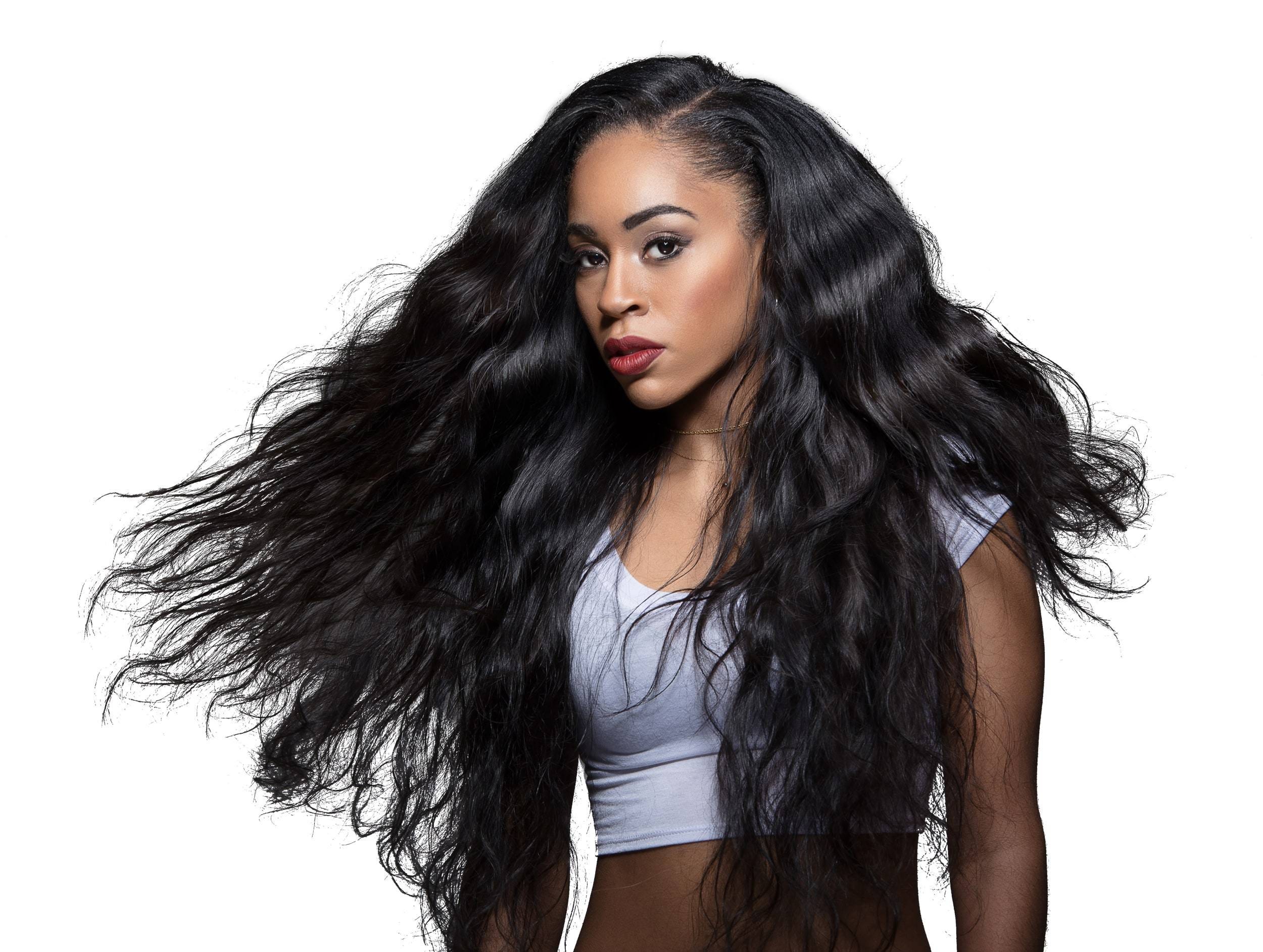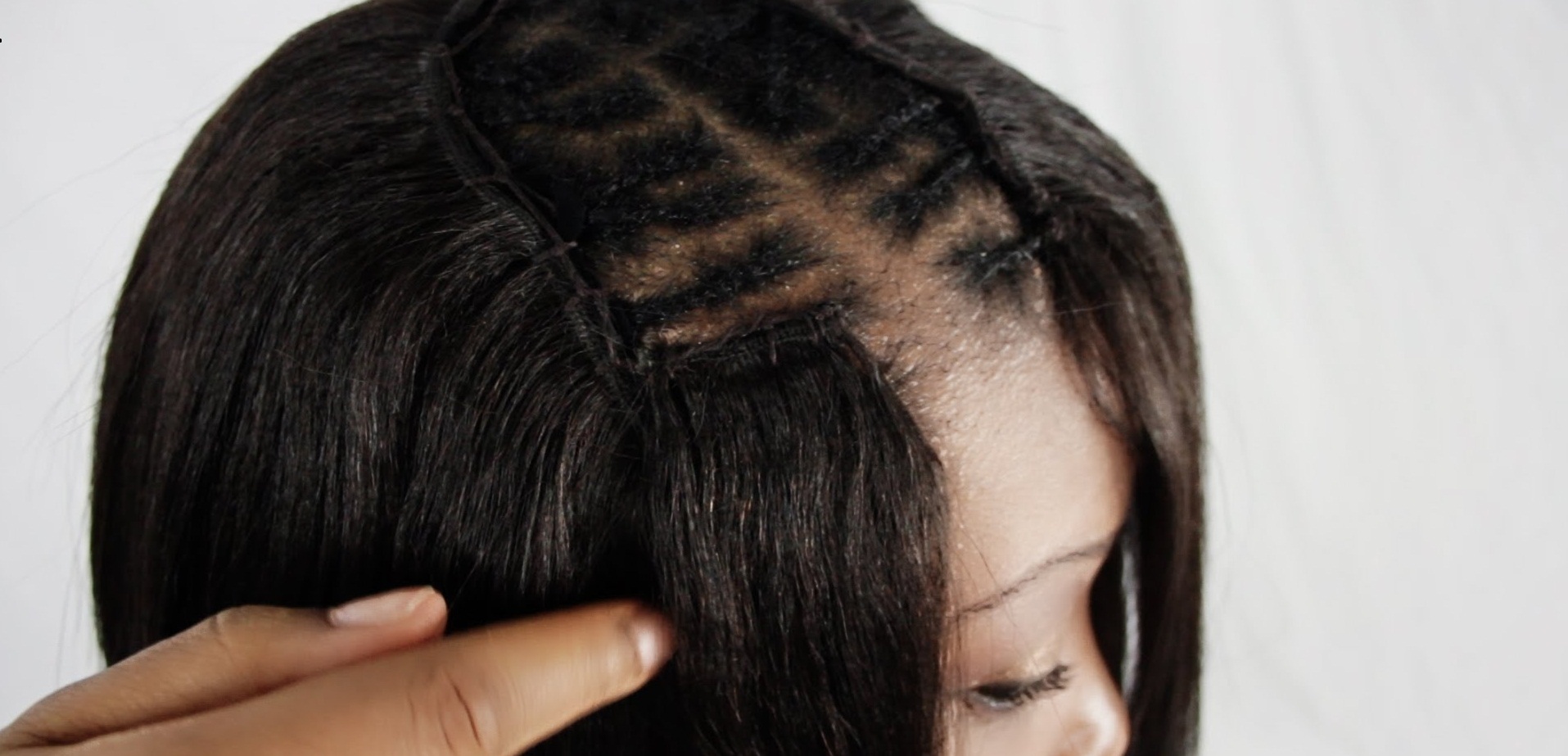Women seeking to add length and volume should consider Weft weave Indian hair extensions as an easy, hassle-free solution. They come in various styles that you can easily apply yourself – perfect!
However, it’s essential to choose a high quality weft. The strength and appearance of wefts depends on their origin; make sure you purchase from an established hair distribution factory.



Machine-made wefts are long strands of hair sewn together by an industrial sewing machine. Due to the way they’re constructed, these wefts tend to be heavier and denser than hand-tied knots due to their construction, making them less flexible and difficult to manipulate.
Additionally, hand-tied wefts tend to be more costly than their hand-tied counterparts. Although they can be used on a wider variety of hair textures and lengths, stylists who lack experience may find them harder to work with.
Some stylists recommend machine-made wefts for clients with fine hair who wish to add body and volume. This type of weft is more dense than a hand-tied weft, so they won’t be hidden by the client’s natural locks as easily.
These wefts can be used on a range of hair types and thicknesses, but are best suited for clients with medium to thick density locks due to their reduced risk of snagging or damage to the client’s scalp or hair.
Another advantage of this type of weft is that it can be layered in more places than a hand-tied weft, giving stylists more options for clients looking to switch up their style. They may even be used on thicker, coarser hair to add extra texture and volume.
They are thinner than hand-tied wefts, making them more comfortable on the scalp; however, be aware that these may still shed hair.
Flat wefts are a cost-effective and time-saving application type compared to hand-tied wefts, plus they’re easier to install in less time. Flat wefts can also be an ideal option for clients with thin or fine hair who wish to add volume and color, as well as those with sensitive scalps since there’s no return hair showing through hats or headbands.
Hand-tied wefts
Hand-tied wefts are a type of hair extension that uses beads to create rows of strands that are then sewn onto natural hair. During installation, your stylist will part your locks into sections and slip small silicone-lined beads onto each section for support as they attach the wefts onto.
Hand tied wefts are typically thinner and lighter than machine-made wefts, helping to reduce tension on your natural hair. This keeps the health of your scalp and hair while adding volume, length, and color.
Hand-tied wefts offer the advantage of being easier to maintain than other hair extensions, since they don’t require heat or glue for application – which can be particularly helpful for those with sensitive skin or allergies.
However, they should never be left to air dry as this can cause the wefts to sag and break down. To prevent this, instruct your customers on proper hair drying techniques and use a blow dryer gently remove excess moisture from their wefts without harshly pulling or tugging at it.
Another advantage of hand-tied wefts over machine-made wefts is their durability. They typically consist of high quality human hair woven into a strong yet lightweight weft.
The only drawback to hand-tied wefts is their cost; they take more time and effort to produce, as they use smaller pieces of hair than machine-made wefts do. However, these wefts still provide excellent value for money.
Some brands claim it takes up to 72 hours to craft one complete package of hand-sewn hair. Although this may seem like an extended wait, the quality results are well worth the extra time and expense.
It is essential to regularly wash your mane with a sulfate-free, extension-friendly shampoo and conditioner – but be sure not to scrub the wefts! Focus on roots first, then gently squeeze suds through your hair. Follow with light hydrating conditioner; gently comb through wefts then let sit for up to five minutes before rinsing thoroughly.
Beaded wefts
Beaded weft hair extensions are a popular type of hair extension. These can be applied by hand or machine and made with real human hair sewn onto a horizontal strip called “weft.” A stylist will attach small sections of this weft to your own locks, then secure it with beads at your roots for lasting security. Beaded weft extensions tend to be less damaging than other methods and typically last one or more years.
Another advantage of beaded wefts is that they require no heat or chemicals to adhere to your own hair, making them an ideal option for those with coarse or thick hair who want to add volume.
Beaded wefts require minimal upkeep, needing only to be re-beaded every 4 months or so. This helps you save money since you won’t need to buy additional extensions in the future.
Before attaching the wefts, be sure to wash and detangle your natural hair thoroughly. Then use a comb or brush to evenly distribute glue from the wefts onto your natural locks; this will guarantee an even application and prevent the wefts from pulling on actual hair.
Once the wefts are attached, you can begin styling and wearing them. They may last for up to two months but should be removed if you feel unsatisfied with them or your natural hair grows out before the wefts do.
Add color or highlights to your wefts with a dye kit. These kits come in an array of colors and shades, so you’re sure to find one that flatters your skin tone.
When you’re ready to try a different style, ask your stylist for wefts that match your natural hair shade. This is an easy and cost-effective way to experiment with new hues without making permanent changes.
Your weft’s longevity depends on how well you maintain them and how often you wear them. For optimal results, wear your wefts for around 6 to 8 weeks.
When searching for wefts with extra stitching to reduce shedding, make sure to inquire your vendor about this process before purchasing them. It can make a substantial difference in the lifespan of your wefts; however, not all vendors provide this option.
